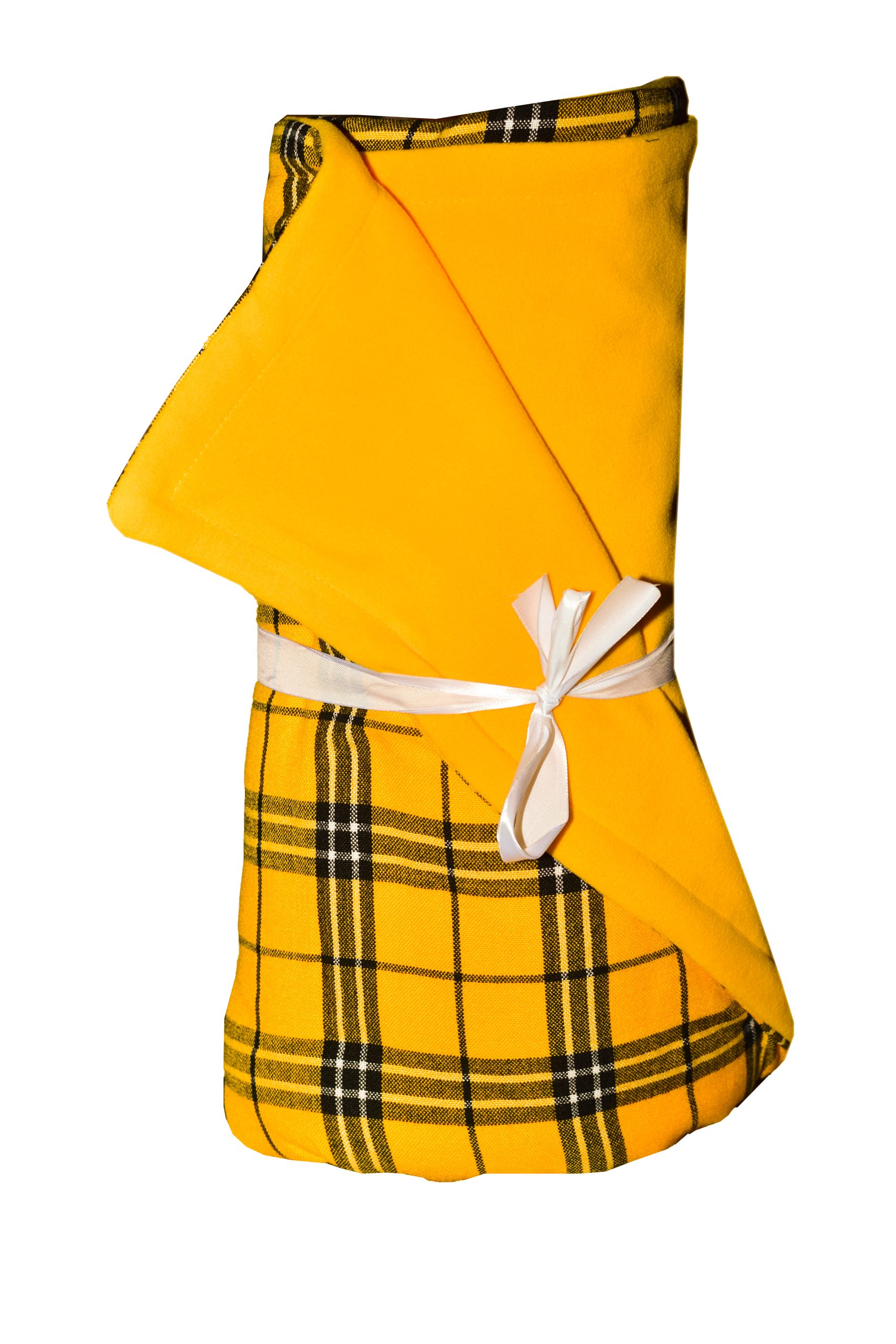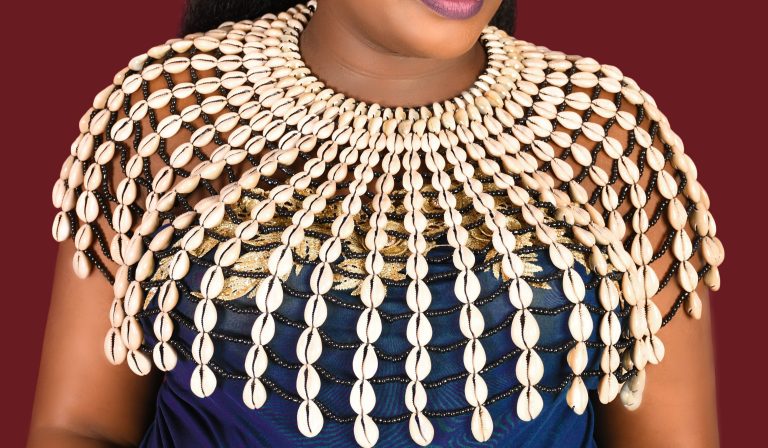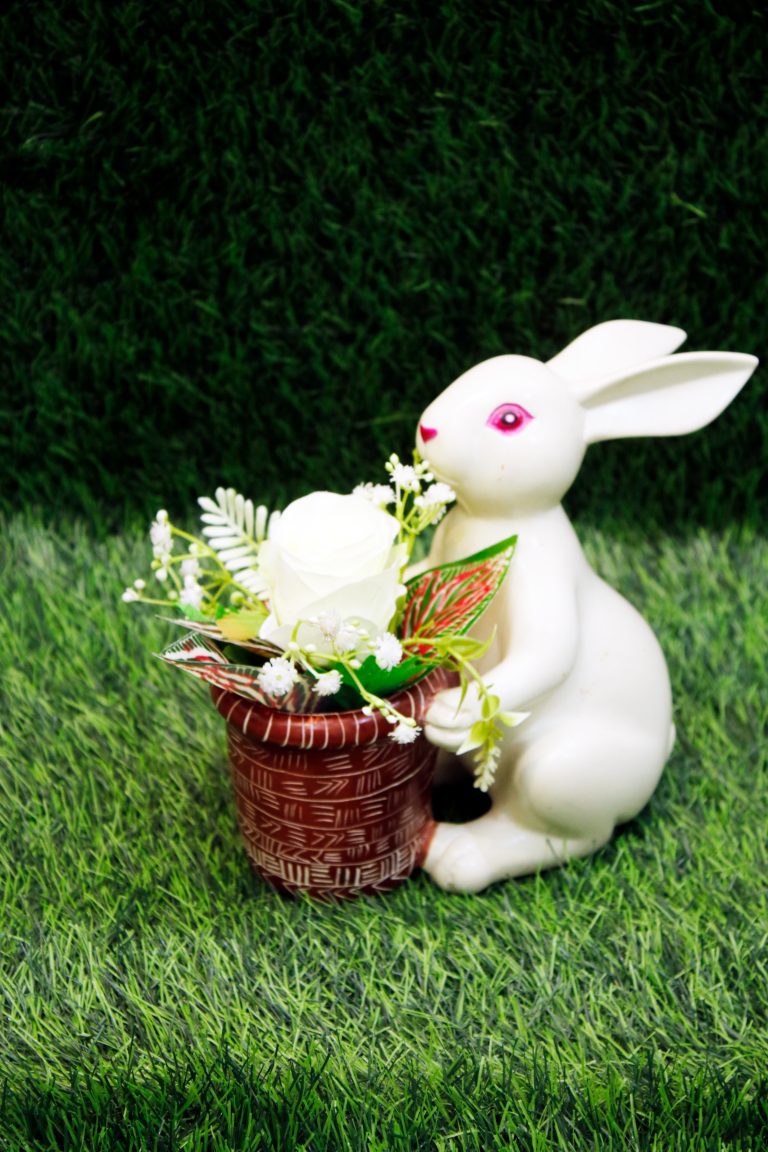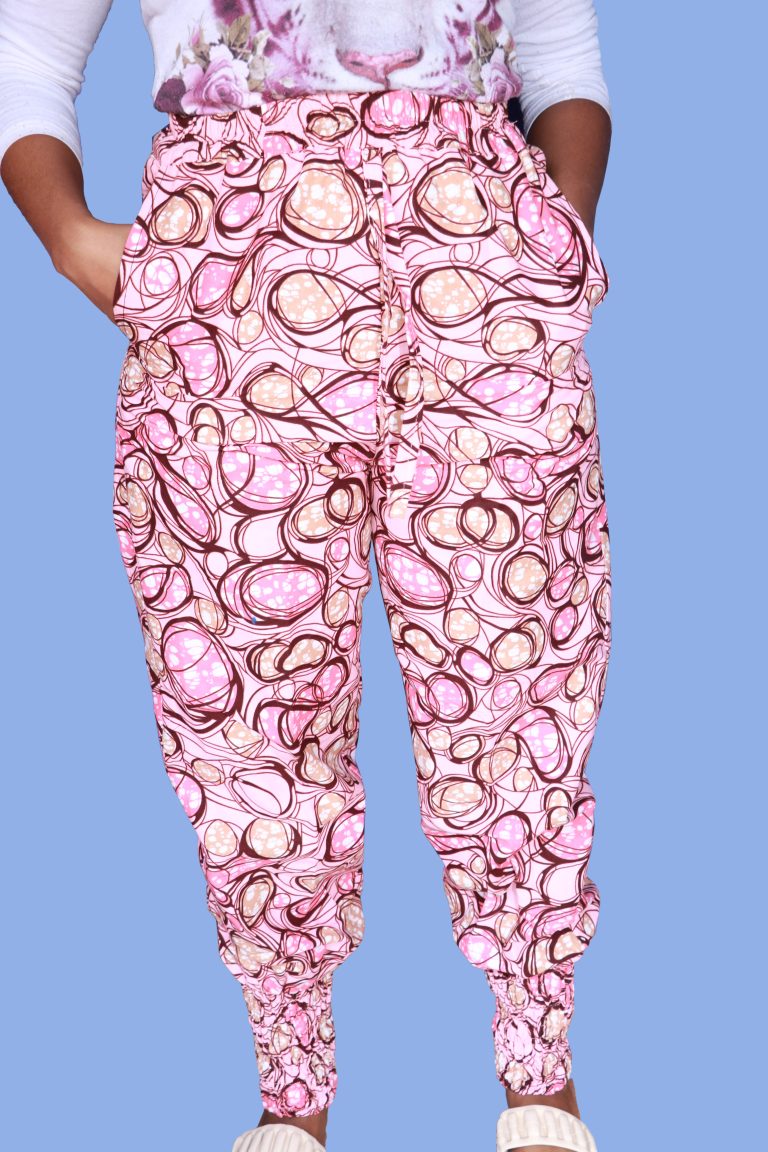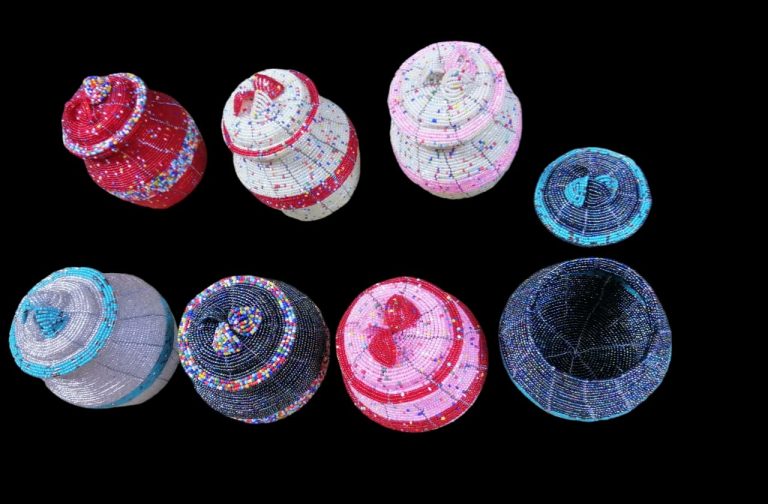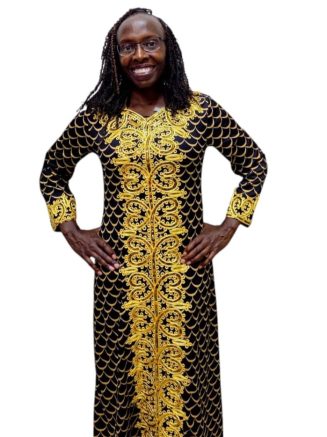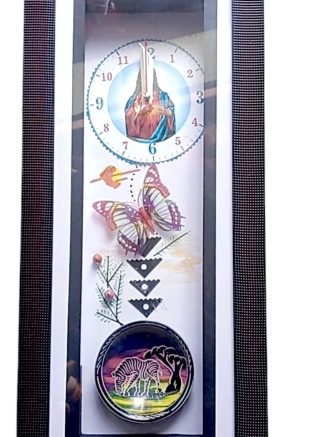Culture is the way of life within a community or social group, including arts and beliefs that are symbolic structures passed down from generation to generation. Factors that influence culture include education, religion, languages, and clothing. The clothes we wear directly define our social and cultural values. Clothing expresses the beliefs, morals, and customs of individuals and groups.

Cultures within Africa include:
- Maasai of Kenya and Tanzania.
- Swahili of Kenya, Tanzania, and Mozambique
- West African culture
- Zulu of Southern Africa.
- Southern Ndebele tribe of South Africa.
The Maasai culture
The Maasai is a prominent Nilotic tribe residing in Kenya and Tanzania. The Maasai are well know for their fully nomadic culture, food from their herds (meat, blood, and milk), and dressing. Maasai clothing is one of the most known designs as it is quite distinct. The Maasai wear a colorful beaded necklace, red Shukas, and “alwala” (shoes made from cowhide). The red symbolizes courage and strength and shows unity in the Maasai culture.

Their clothing is considered one of the best quality as they are handmade and use quality materials, cotton, hides, and iron. Also, they are very comfortable due to their lightweight nature. They are cheap as the materials used are locally sourced. We recommend our website as it has a vast selection of products from the Maasai people.
Some examples of Maasai clothes sold are the crescent Maasai sandals, Maasai earrings, and Maasai Shuka turtle neck.

The Swahili cultures
The Swahili culture consists of Bantu speakers of the coastal regions, for example, Mombasa and Malindi. These tribes include the Giriama, Digo, Duruma, and Chonyi. Aside from the sandy beaches, warm climate, and their kind, cheerful and welcoming personalities, they have good clothing inspirations. Since the coastal region is quite warm, they generally wear light clothes throughout the year. Their clothing typically includes kangas, buibuis, and deras. Their accessories are mainly obtaine from the ocean since they live close to it. These include cowrie shells, starfish, and beads.

A kanga is a piece of decorated thin cotton cloth worn by both women and men. Kangas are made from kitenge material. The clothes are draped over other garments and are worn by women as a show of respect. The clothes are known for their wise sayings, usually written at the bottom. The buibui is quite common for Muslim women living in the coastal region. They conceal the whole body leaving only the face to be seen. The Dera’s are worn mainly by older women and are usually colorful and comfortable.
Some examples of coastal products sold on our website include cowrie shell necklace and earrings, cute pink Dera, and African cocktail Dera

West African culture
West Africa is rich in biodiversity and ecology. its climate and ecology are heavily influenced by the well known Sahara desert. The vast majority of languages spoken within the region are of the Bantu family, including Luba, Lunda, and mongo. Countries within west Africa include Nigeria, Mali, Ghana, Gambia, and Liberia. People from these regions are well known for their traditional dresses, including “Aso-oke” fabric,” Kente,” and “dashiki.” All these clothes are worn as they symbolize something within the tribes involved.

Aso-oke fabric
The Yoruba people hand-wove the cloth from cotton. When translated, “Aso-oke” means a cloth of high status. We use the fabric to make men’s gowns called agbada and hats called fila. It also makes women’s wrappers called iro, and head ties called Gele. The traditional Yoruba have three types of Yoruba, namely Etu, Sanyan, and Alari.

“Etu” is a dark indigo cloth with white stripes, which is said to mimic the color of guinea flow plumage. “Sanyan” is a pale brown colored cloth woven from beige silk, mostly worn during celebrations, for example, weddings and funerals. “Alari” is deep red woven from synthetic or locally grown cotton and shinning threads. Alari may sometimes have perforations to allow for ventilation.

Examples of Aso-oke fabric sold include brown frorial, floral African shirt, king African shirt, African sweatshirt suit, and salute African shirt.

Kente
It is the traditional cloth for the Ghana people, worn mainly by the southern ethnic tribe, Ewe, Ga, and Akan, made from strip weaving of cotton, silk, rayon, and metallic thread. It visualizes the West African people’s history, religious beliefs, social values, and political thoughts. Consequently, it is considered a sacred cloth worn only on special occasions like weddings and graduation ceremonies.

The cloth is most popular due to its cloth pattern and print. It has over 300 kente patterns, and it must offer every new design to the king before being released to anyone else. Each color Kente has symbolized something; for example, gold= status, yellow= fertility, black= spiritual awareness, and purple= healing and protection.

Examples of kente products sold include the brown kente romper, Kenyan kente map hood, and the kente bomber jacket.

Dashiki
Dashiki, when translated, means a short-sleeved shirt. The men of west Africa usually wear it. It is made from colorful, African-inspired fabrics or African prints. It symbolizes affirmation and a return to African roots to most people. As a result, African Americans wear clothes to celebrate their history. It is a unisex cloth that both men and women wear.

Every color of the dashiki is symbolic and is worn only on given occasions by the people. Grey is worn on wedding occasions together with other auspicious events. The grey color symbolizes cleansing and healing. For formal events, purple is chosen as it represents loyalty, love, and harmony among the people. There’re three traditional versions of a dashiki, the dashiki, Sokoto, and matching kufi known as a dashiki suit

Examples of dashiki products sold include dashiki shirts, dashiki dresses, and dashiki hood.

Zulu of Southern Africa.
The Zulu is a southern Bantu branch with close ethnic and cultural ties with the Swazi and Xhosa. They reside in Kwazulu-Natal province in South Africa. Their culture is formed around the belief in ancestral spirits known as “Amadlozi” and “Abaphansi.” They are known for their weaving, craft-making pottery, and beadwork skills. Due to their skills, their clothing design is known all over the world as it is exquisite.

Their clothes are essential to their culture as they are usually bright and colorful, including beadwork for women and children. Different dressing styles exist as the culture has status quo. “Isicholo” is a special hat worn by women who have a traditional wedding. “Ibhayi” is a traditional cloak worn around the shoulders to show respect to the in-laws. “Ureyisi” is a necklace worn by married women, and “isidwaba” is a skirt made from cowhide. For unmarried girls, their clothing includes “izincu,” a long strip of twisted beads worn around their ankles, elbows, and waist. Younger girls wear beaded headbands, short beaded skirts, and colorful necklaces. Children are to wear beads around their waist and neck.

The men also have their unique clothes made mostly from different animal hides. “Umutsha” is a front covering for married men, and the back covering is called “ibheshu,” which differs from those worn by boys called “iqoyi.” “Imbahata” is a cowhide worn around a man’s neck, worn only by those who had killed someone in battle. It also includes “isicoco,” which is a headring.
Examples of Zulu products sold on our website include Zulu beaded earrings, jeans-tribal safari bag, mama Africa hood, and the pentasi necklace.

Ndebele of southern Africa
The Ndebele are closely related to the Zulu. They are well known for their outstanding craftsmanship, decorative homes, and their colorful and distinctive mode of dressing and ornamentation. An abundance of ornaments and jewelry characterizes their clothing as they are used as beauty tools. It symbolizes the status of a member of society.

The Ndebele woman’s traditional dress is colorful and bright as it is decorated with a lot of beadwork. The dress shows her age and status in the community. “Isigolwani” is a thick beaded hoop of twisted grass worn around the neck and legs of a married woman with a blanket over her shoulders. They wear “dzilla,” a copper and brass ring around the arms, neck, and legs. The blanket (nguba) usually has green, blue, yellow, and brown stripes. “Amacubi” is a beaded headrest worn by married women to show respect for their husbands. “Isiphephetu” is a beaded apron given to girls by their mothers to symbolize entering womanhood. Older girls undergoing initiation wear “isigolwani” around their necks, arms, and legs.

However, men wear clothings that are less colorful than women. “Iporiyana” is their main clothing: a breastplate hanging from the neck, usually decorated with beads and made from animal hide. It symbolizes manhood given to a young boy by his father after initiation. They wear animal skin headbands and ankle bands. To keep warm, “Karos” was worn around the shoulders. Different animals are associated with different Ndebele groups.

Examples of Ndebele products sold on our website include the sifoun necklace, quad button necklace, white dress with kitenge fabric, and red zipped sweatshirt.
Purchase any of our items to get the true African experience.

